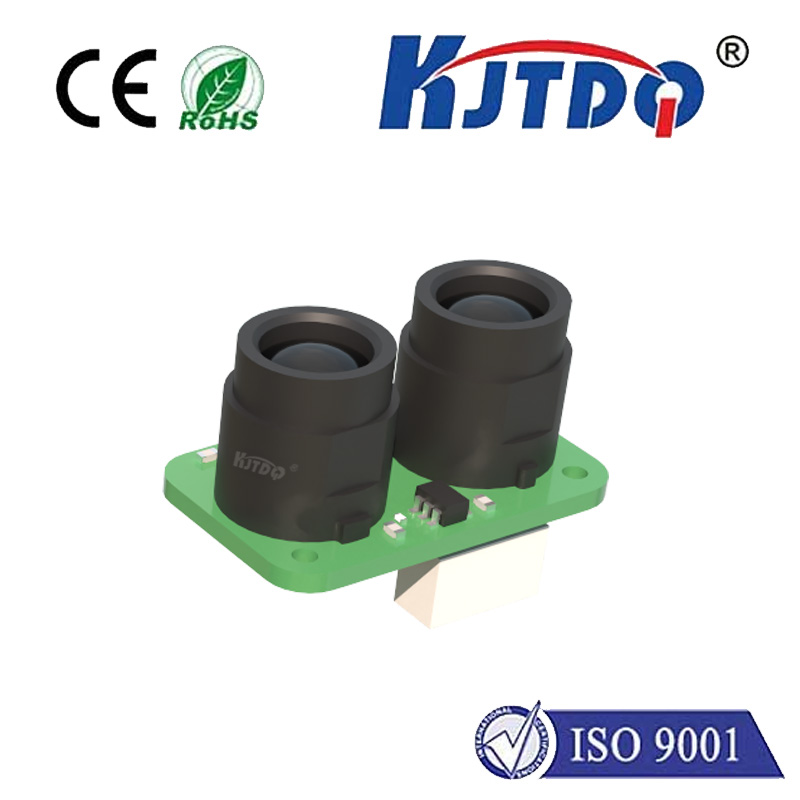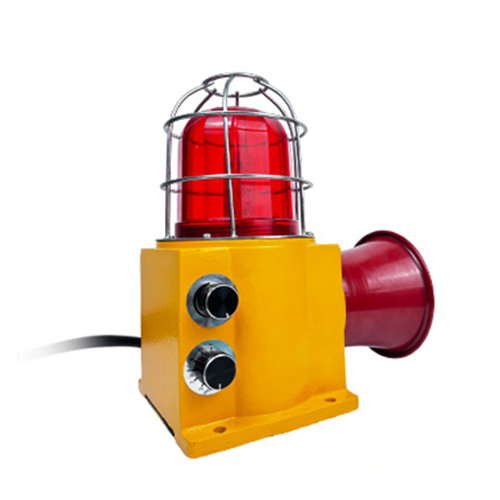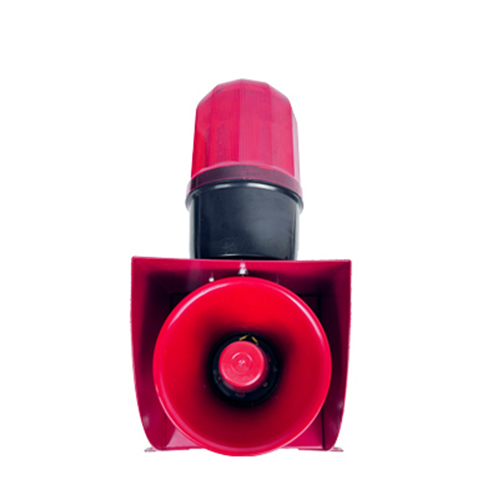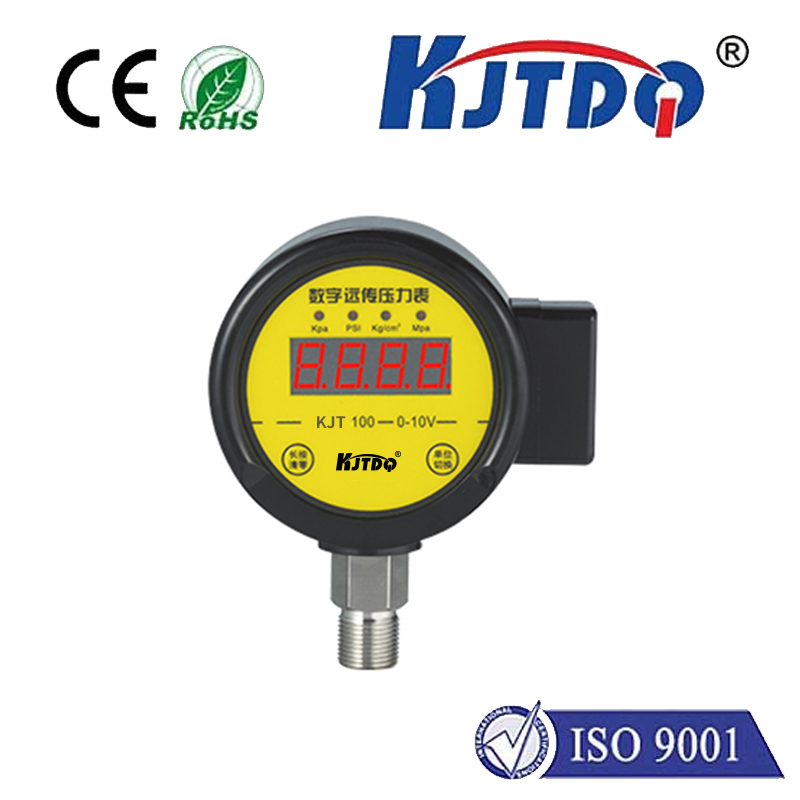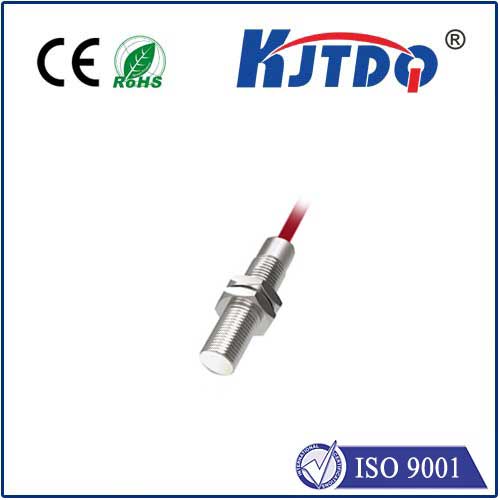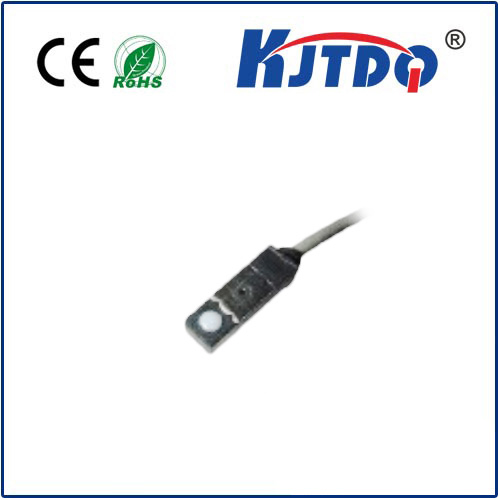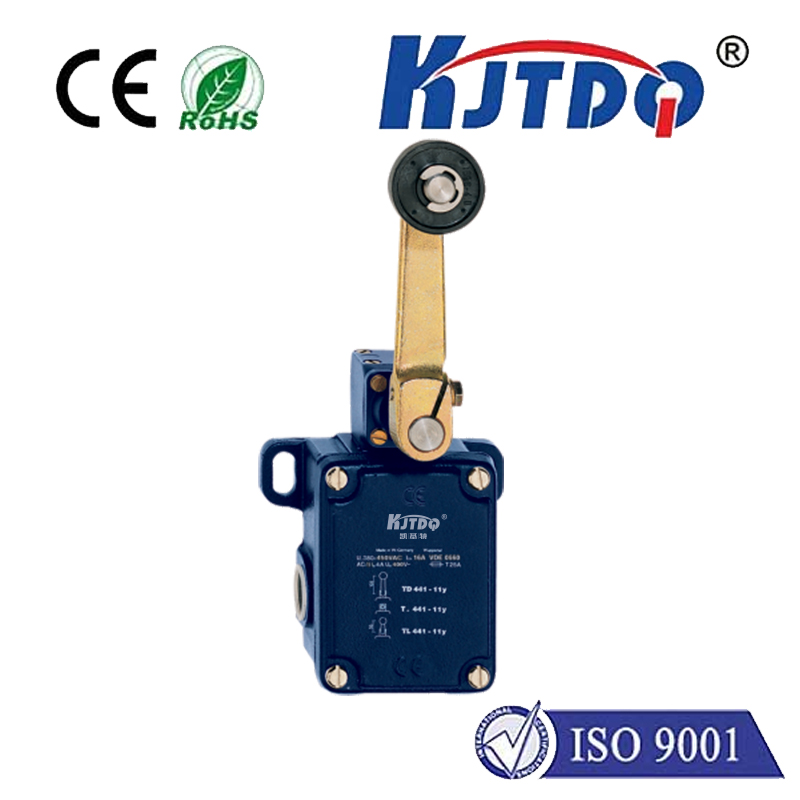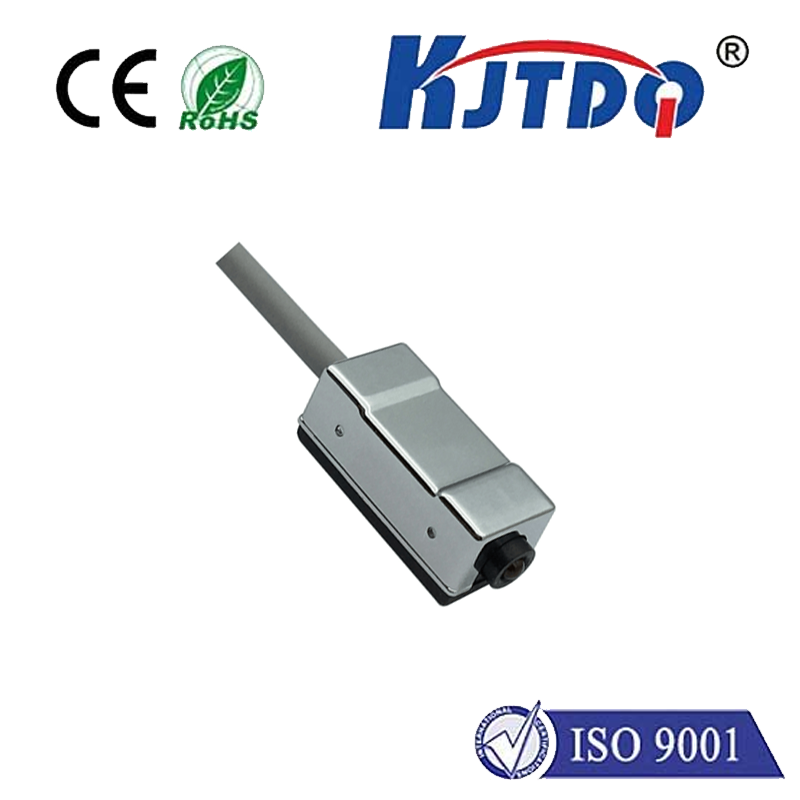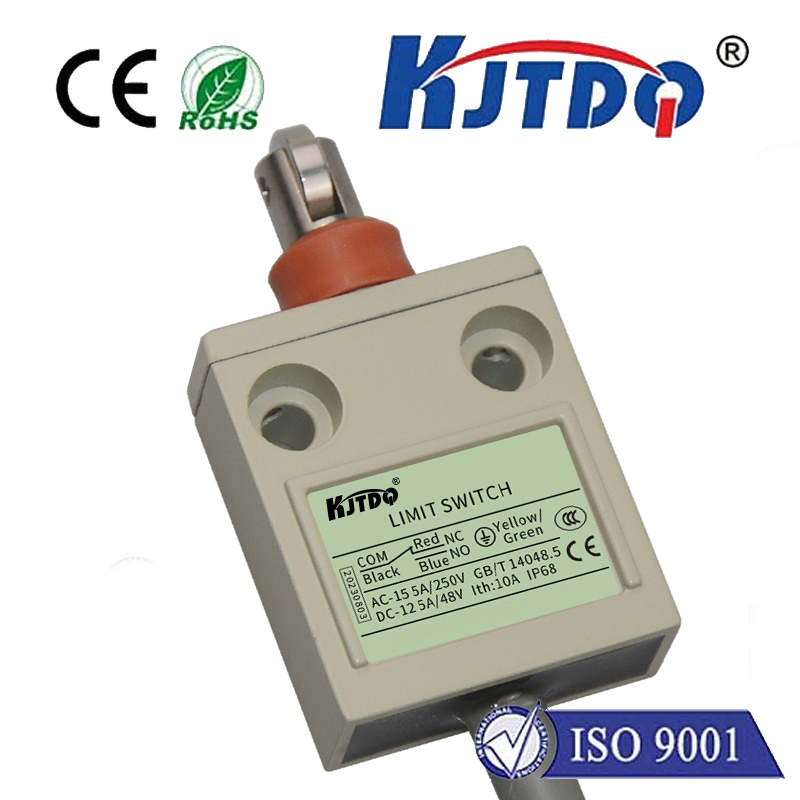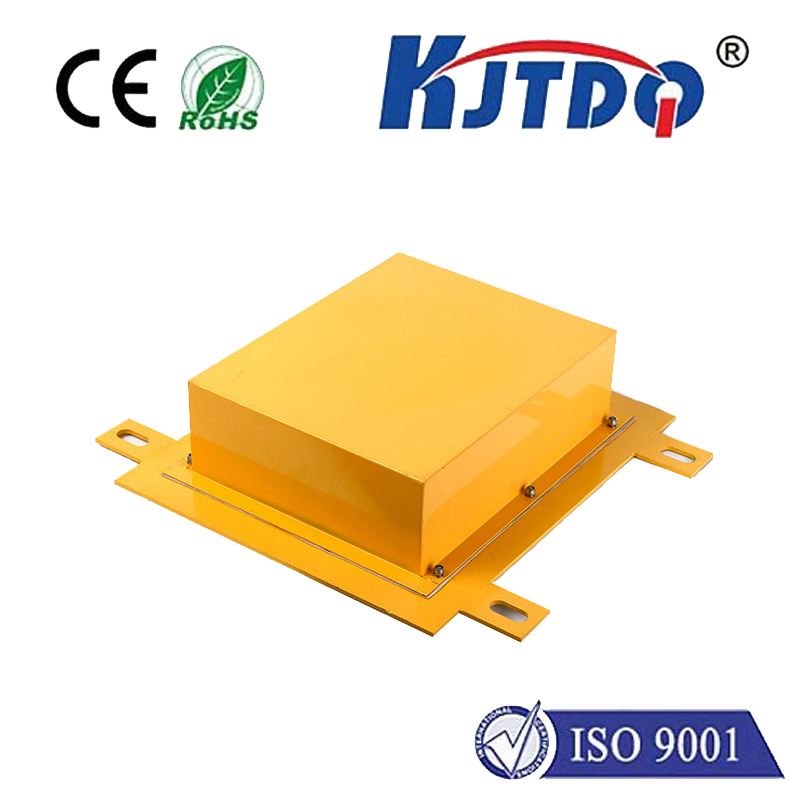hs12sp proximity sensor
- time:2025-06-26 01:21:50
- Click:0
HS12SP Proximity Sensor: The Reliable Workhorse for Industrial Sensing Needs
Finding a sensor that consistently delivers accurate object detection in demanding environments is crucial for modern automation. Dust, vibration, temperature extremes, and physical impacts can cripple poorly designed sensors, leading to costly downtime and unreliable processes. Enter the HS12SP proximity sensor – a robust inductive device engineered to excel precisely where others falter.
Understanding the HS12SP begins with recognizing its core technology: inductive sensing. Unlike optical sensors susceptible to dirt or ambient light, inductive sensors generate an electromagnetic field. When a metallic object (their designated target) enters this field, eddy currents are induced within the metal, causing a detectable shift in the sensor’s internal oscillation. The HS12SP detects this change and reliably switches its output signal. This fundamental operating principle makes it inherently resilient to many common industrial contaminants.
So, what makes the HS12SP stand out? It embodies several key attributes designed for industrial longevity and consistent performance:

- Exceptional Durability: Built with a rugged stainless steel sensing face and a robust housing, the HS12SP is remarkably resistant to physical shocks and vibrations. Many models boast a high IP67 or IP68 protection rating, shielding internal components from dust ingress and allowing operation even when submerged in water temporarily. This resilience translates directly to reduced maintenance and replacement costs.
- Reliable Detection: Engineered for high switching frequency and repeat accuracy, the HS12SP delivers precise detection cycle after cycle. Its ability to ignore non-metallic objects (like plastic, wood, or liquids) ensures it only responds to the intended metallic targets, minimizing false triggers and enhancing process reliability.
- Ease of Integration: Often featuring a compact, cylindrical M12 form factor, the HS12SP is incredibly easy to mount and install in space-constrained machinery. Its standardized wiring (typically PNP normally open or NPN configurations with 3-wire or 4-wire options) simplifies connection to PLCs (Programmable Logic Controllers) and other control systems. The clear status indicator LED provides instant visual feedback.
- Defined Sensing Range: While inductive sensors like the HS12SP have a limited nominal sensing range (typically around 2mm to 10mm for standard models, depending on the target metal), this range is precisely calibrated and consistent. Knowing the exact sensing distance (often denoted by “Sn” in specifications) is vital for correct mounting and application design. The HS12SP excels at short-range, non-contact detection of metal objects moving within its well-defined operational zone.
- Environmental Tolerance: Designed to operate reliably across a broad temperature range, suitable for most industrial settings. Its immunity to oils, coolants (within specified limits), and dirt makes it ideal for applications in machine tools, material handling, automotive assembly, and packaging lines.
Where does the HS12SP proximity sensor truly shine? Its combination of robustness, reliability, and simplicity makes it indispensable across numerous sectors:
- Machine Tooling: Detecting the presence/position of metal workpieces, tool holders, or clamps on CNC machines, lathes, and mills. Its resilience to coolant and metal chips is critical here.
- Material Handling & Conveyance: Monitoring the passage of metal parts on conveyors, verifying pallet presence, or triggering sorting arms. The sensor’s ability to handle vibration and minor impacts is essential.
- Automated Assembly: Ensuring components (like bolts, brackets, or engine blocks) are correctly positioned before a robotic operation commences. Repeatability is paramount.
- Packaging Machinery: Counting metal cans or lids, verifying cap placement on metal containers, or detecting the position of metallic machine parts.
- Robotics: Providing end-effector position feedback or detecting the proximity of fixtures in collaborative or industrial robot cells.
Choosing and Implementing the HS12SP Effectively:
Selecting the right HS12SP variant involves considering:
- Sensing Range (Sn): Ensure the target will consistently enter the sensor’s reliable detection zone.
- Output Configuration: Match the sensor’s output (PNP NO/NC or NPN NO/NC) to your control system’s input requirements.
- Mounting Style: Flush or non-flush mounting? Check datasheet specifications regarding embeddability.
- Environmental Factors: Confirm the IP rating and temperature range meet your specific application’s demands.
- Target Material: While all metals trigger inductive sensors, steel typically provides the maximum sensing range; brass and aluminum may require slightly closer proximity.
During installation, precise alignment between the sensor’s face and the target path is crucial for consistent operation. Ensure the mounting bracket is secure to minimize vibration effects. Finally, protect the cable from abrasion or pinch points to guarantee long-term connectivity.
In Conclusion (Though Unspoken):
The HS12SP proximity sensor isn’t about cutting-edge complexity; it’s about delivering unwavering, dependable performance in tough conditions. It represents a mature technology refined to near perfection – a true industrial workhorse. When your application demands consistent, non-contact detection of metal objects amidst the challenges of a real-world factory floor, the robust simplicity and proven reliability of the hs12sp proximity sensor make it a consistently smart choice. Its durability ensures reduced downtime, its accuracy enhances process quality, and its ease of use simplifies maintenance. In the demanding world of industrial automation, choosing a sensor like the HS12SP is an investment in both efficiency and peace of mind.












